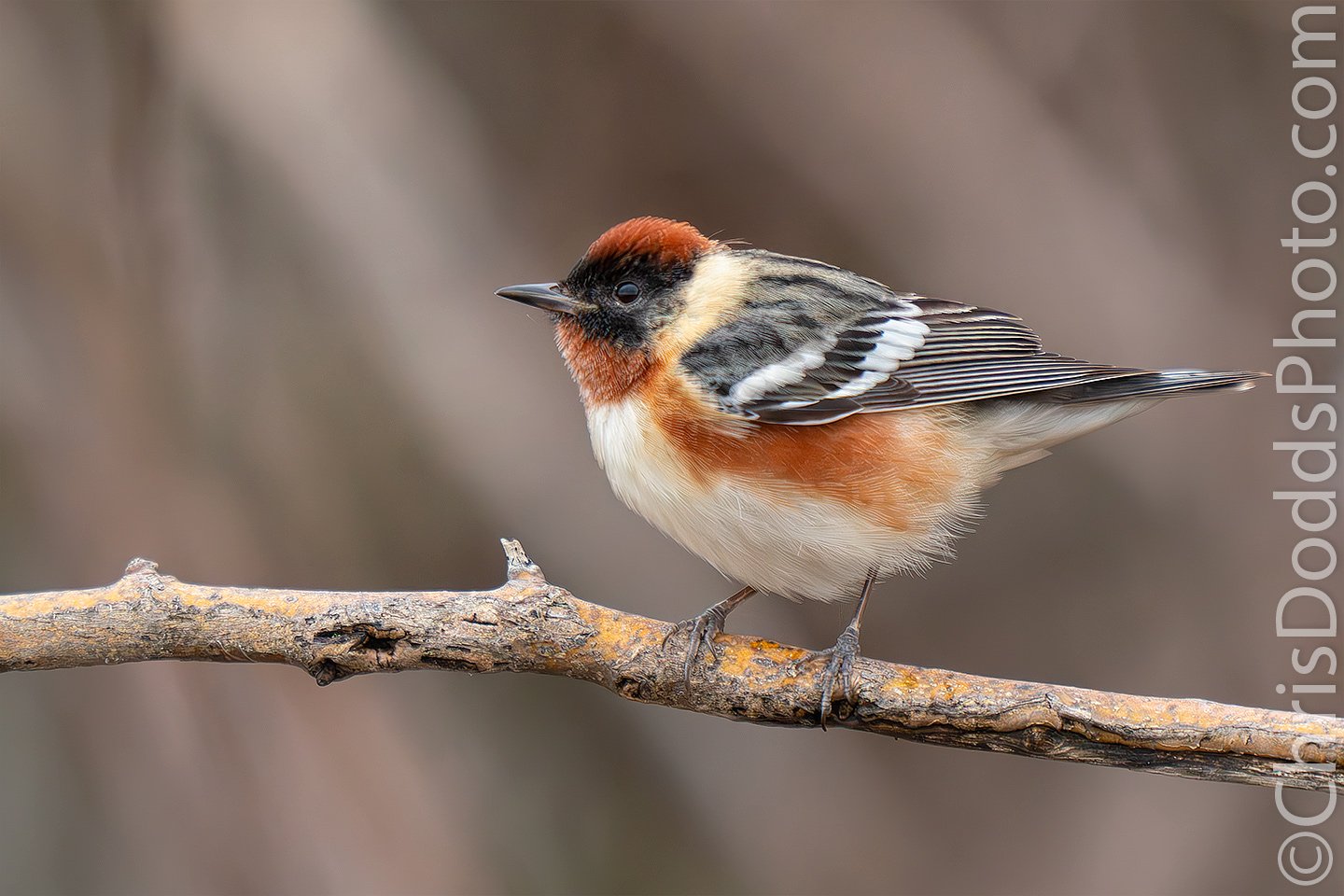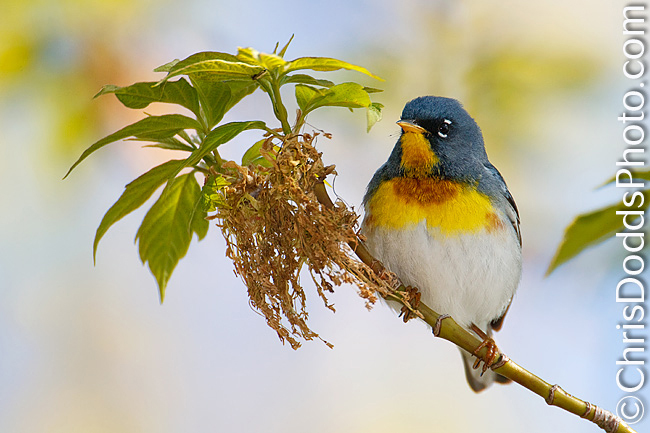Yesterday's uneventful nine-hour pre-dawn drive delivered me to Point Pelee, where a quick scouting mission for the upcoming "Songbirds of Pelee" Workshop turned into a surprisingly fantastic afternoon despite the cloudy skies.
While the park isn't teeming with birds, the quality of species encountered was exceptional. My walk began with a Prothonotary Warbler and Northern and Louisiana Waterthrushes showcasing their distinct plumages that even ended up on the same log at one point – a photographic challenge thanks to the many obstructing branches. However, the true highlight for me was a beautiful male Hooded Warbler in fresh breeding plumage. For a full twenty minutes, I had this gem all to myself. Lost in its post-migration feeding frenzy, it remained completely oblivious to my presence. After spending most of its time amidst dense vegetation, it briefly hopped onto a characterful perch with a clean background and offered a fleeting pose. My heart skipped a beat as I gently pressed the shutter, and thanks to pre-capture, I managed a few frames as it took flight. While I prefer smaller perches for warblers, this one has enough character to work - smile!
I chose the Sony a9 mark III paired with the brand new 400-800mm Zoom, and it proved to be a perfectly portable and capable setup for wandering trails looking for migrants; I can't think of a good reason to choose to haul the 600mm around :)
Along the trails, I also enjoyed reconnecting with some old friends: great warblers and good company. The anticipation for the workshop is building! More updates from this incredible birding hotspot will follow soon.
Hooded Warbler (Setophaga citrina, Paruline à capuchon, Reinita encapuchada, HOWA). While scouting for my Songbirds of Pelee Workshop on May 3, 2025 at Point Pelee National Park of Canadaa. Image Copyright ©Christopher Dodds. Sony a9 III Mirrorless camera & Sony FE 400-800mm f/6.3-8 G OSS Lens @800mm ISO 10,000, f/11 @ 1/2,500s. Manual exposure.












